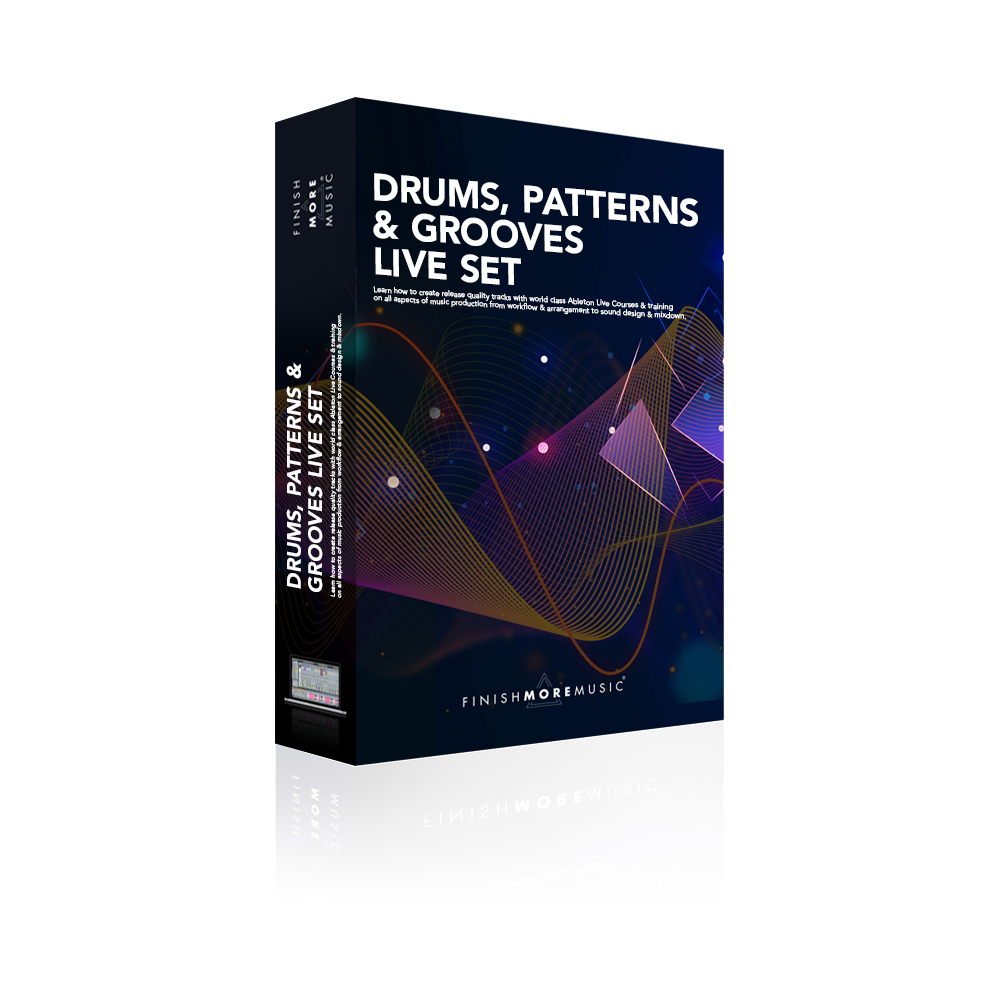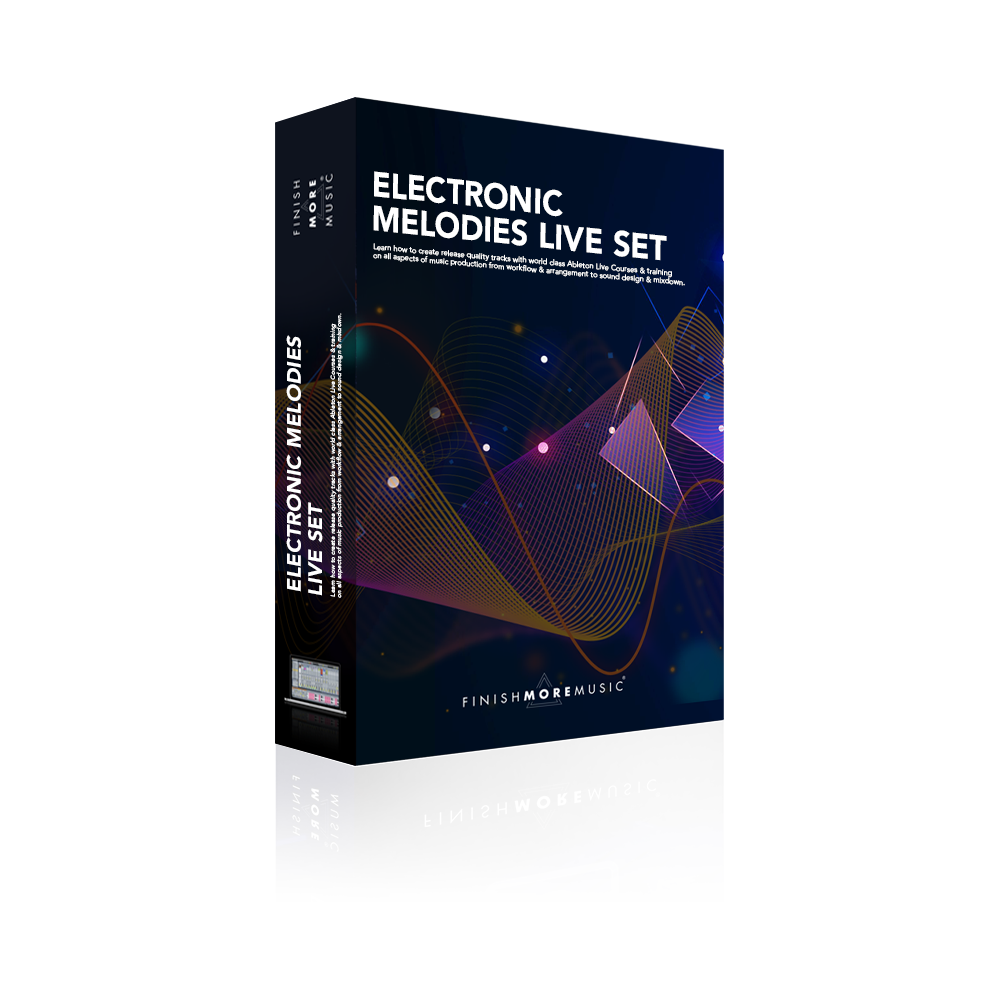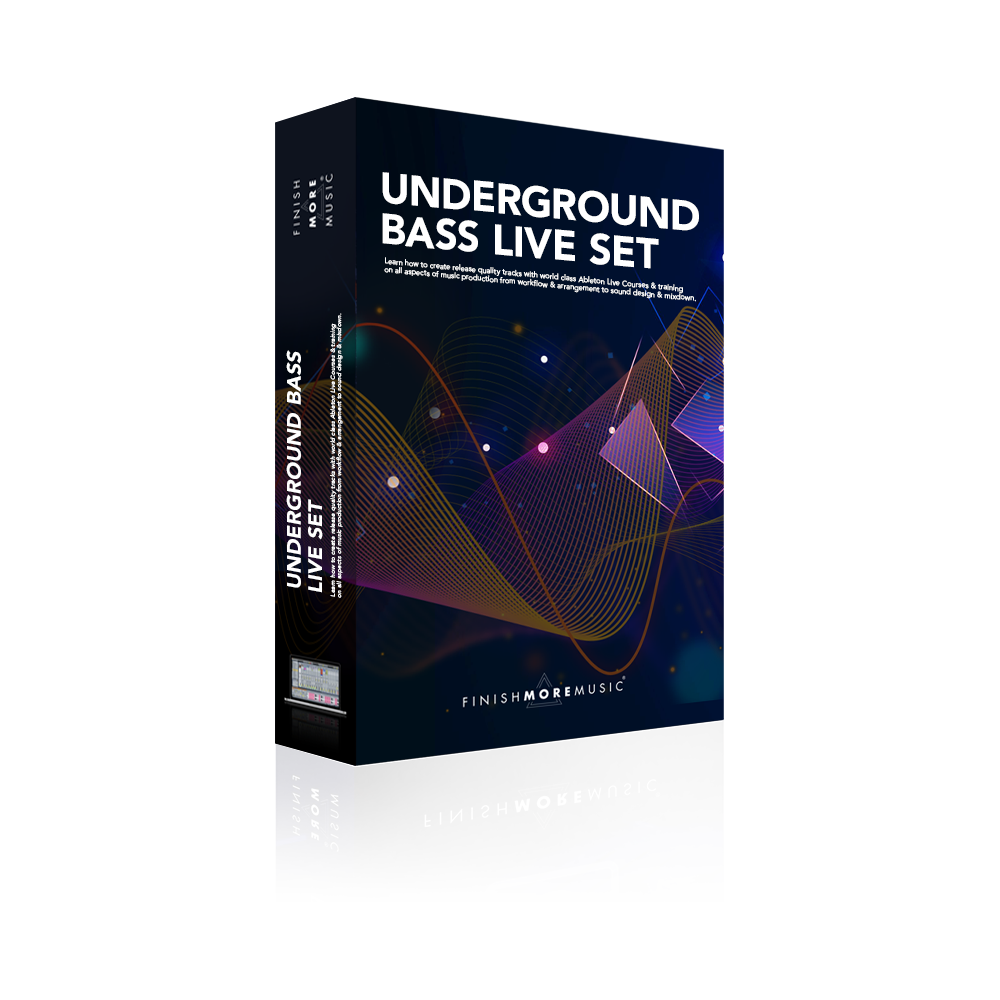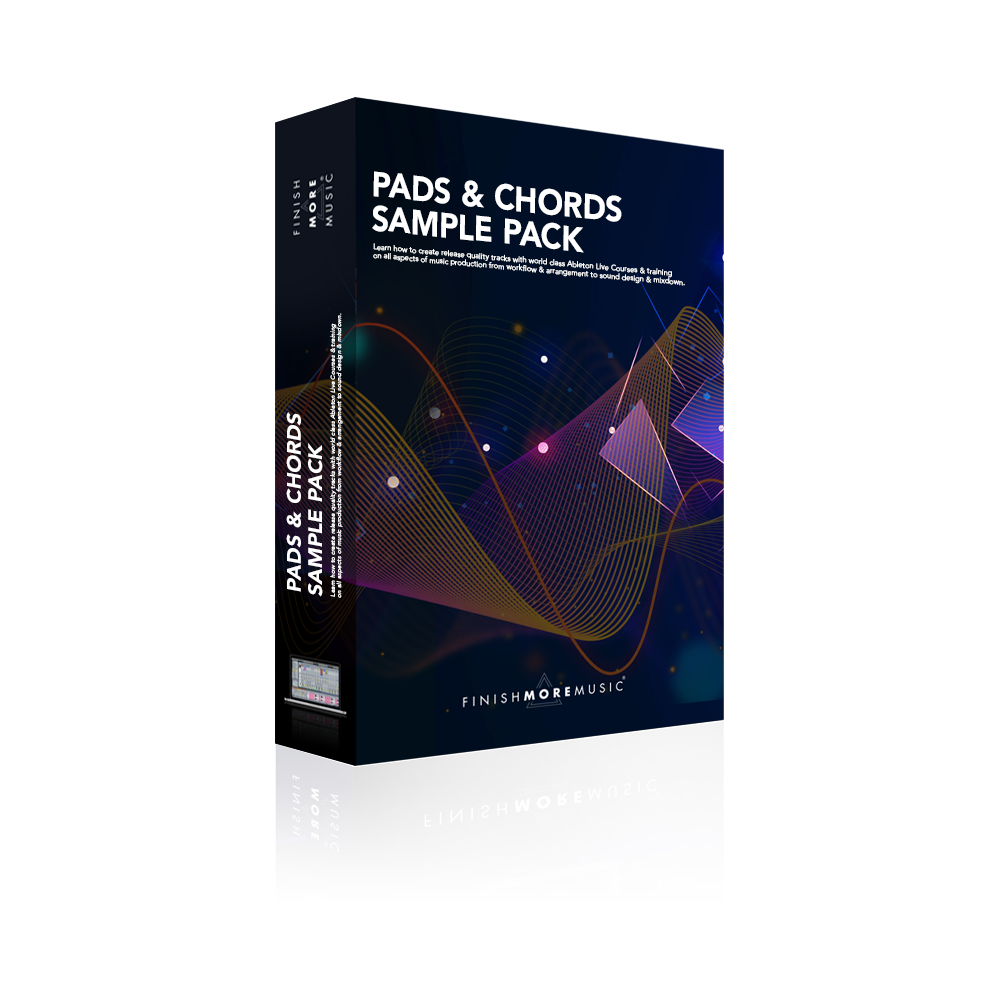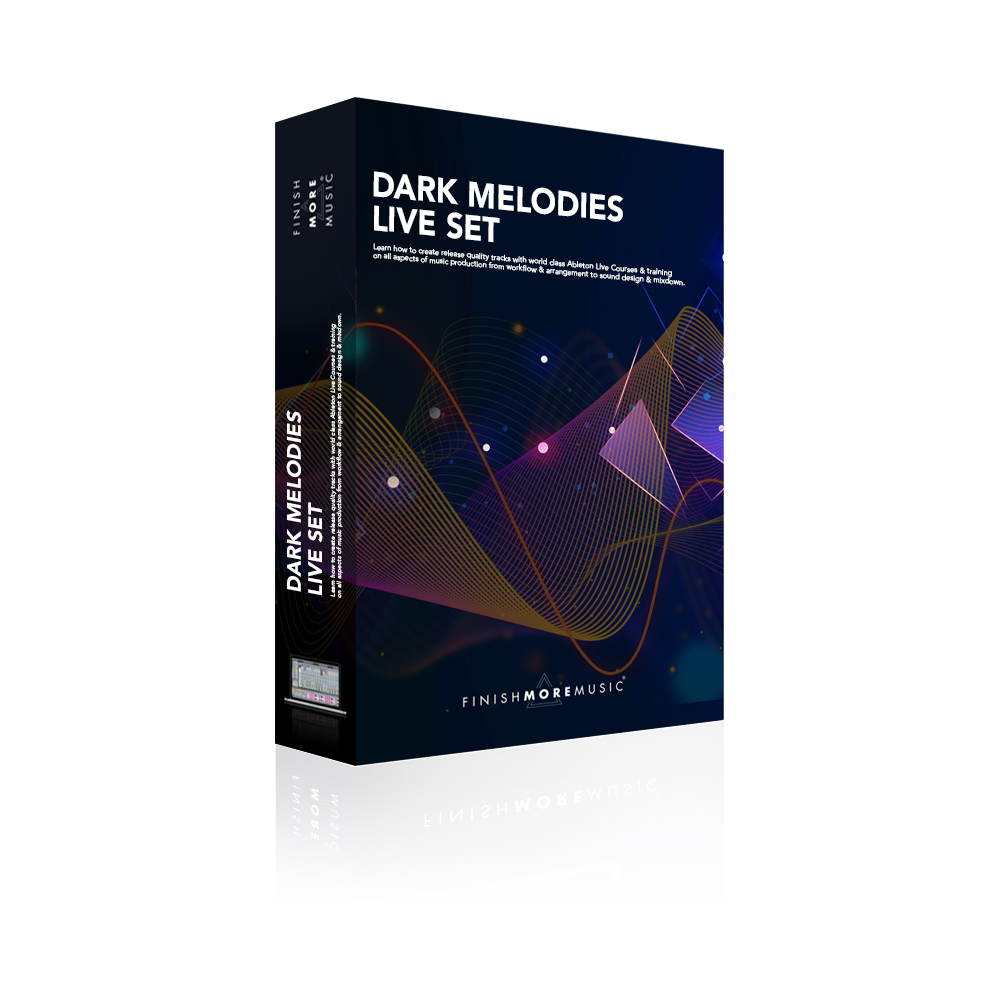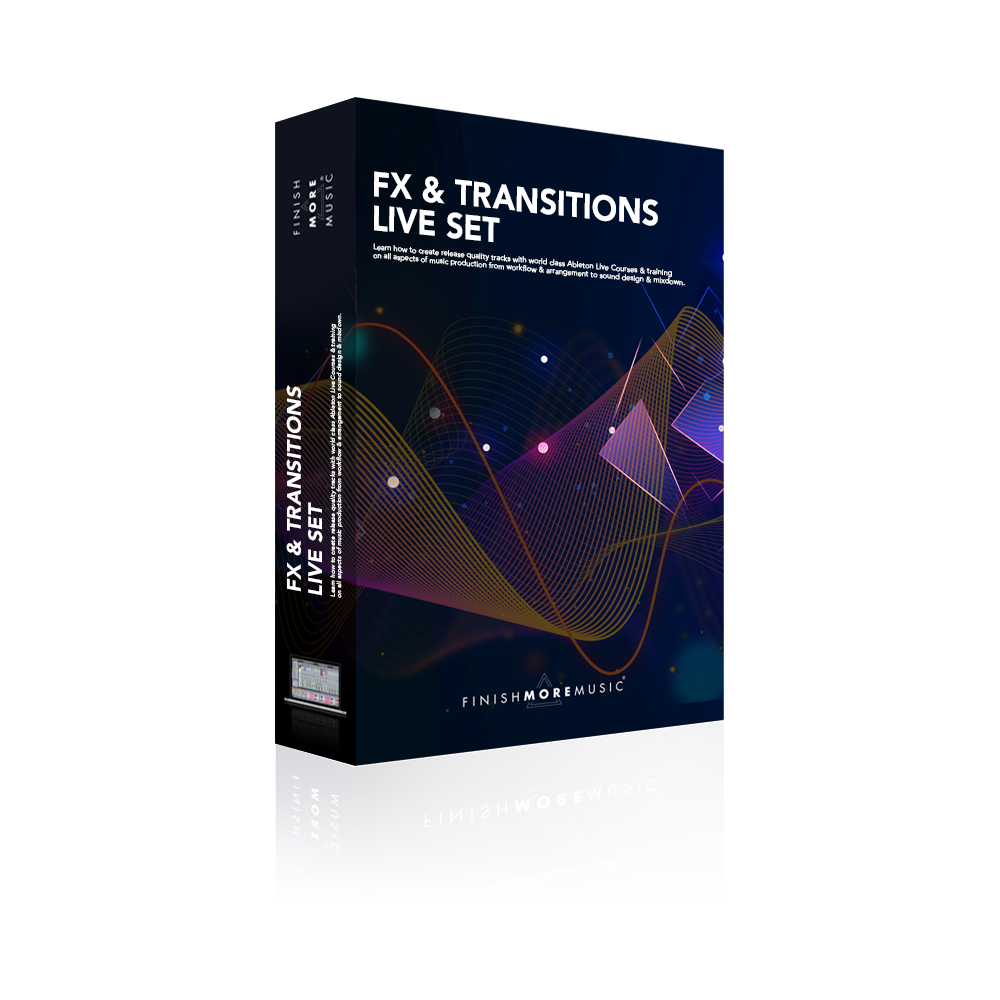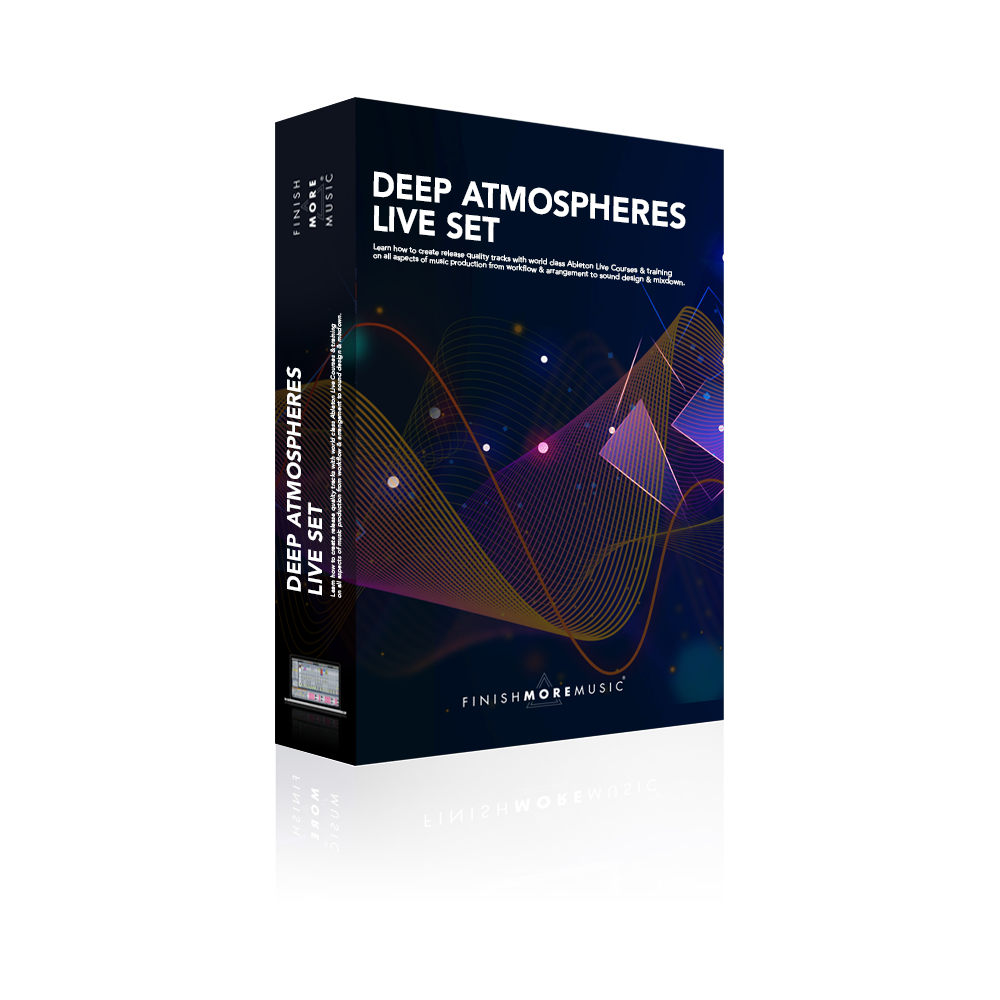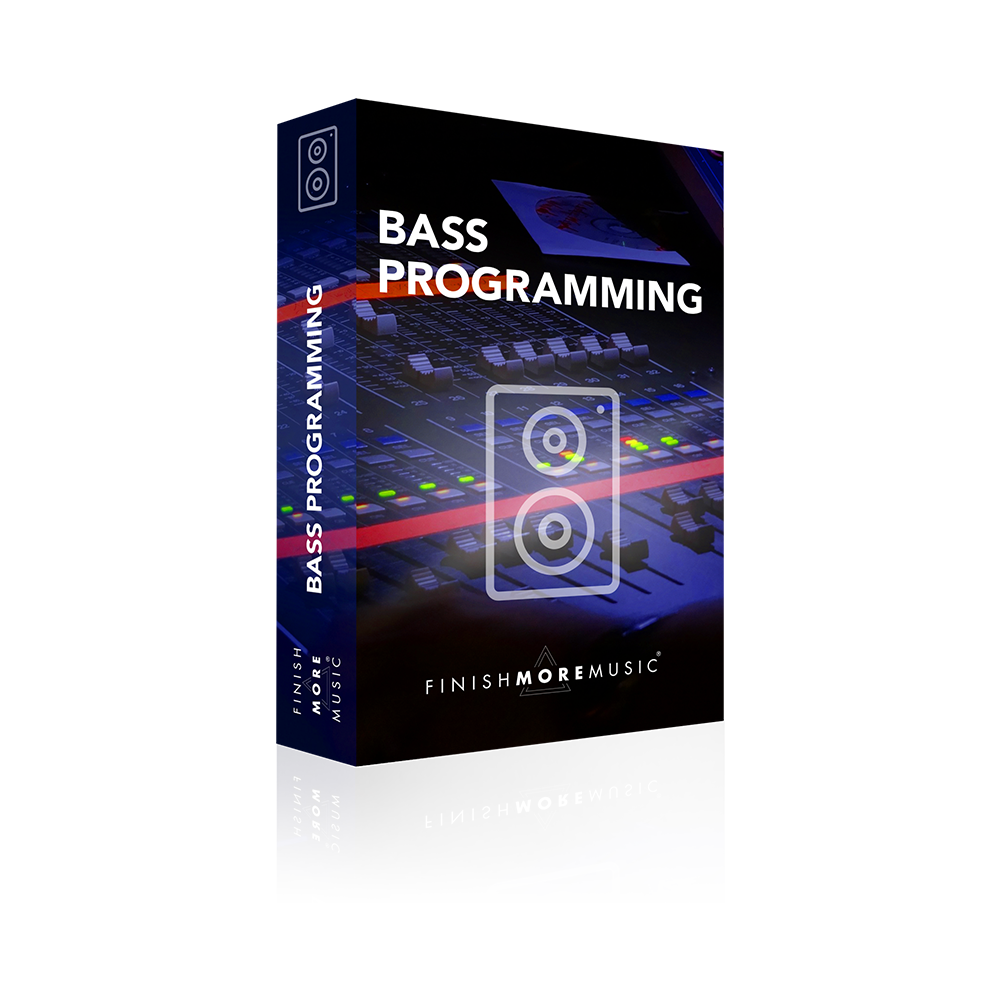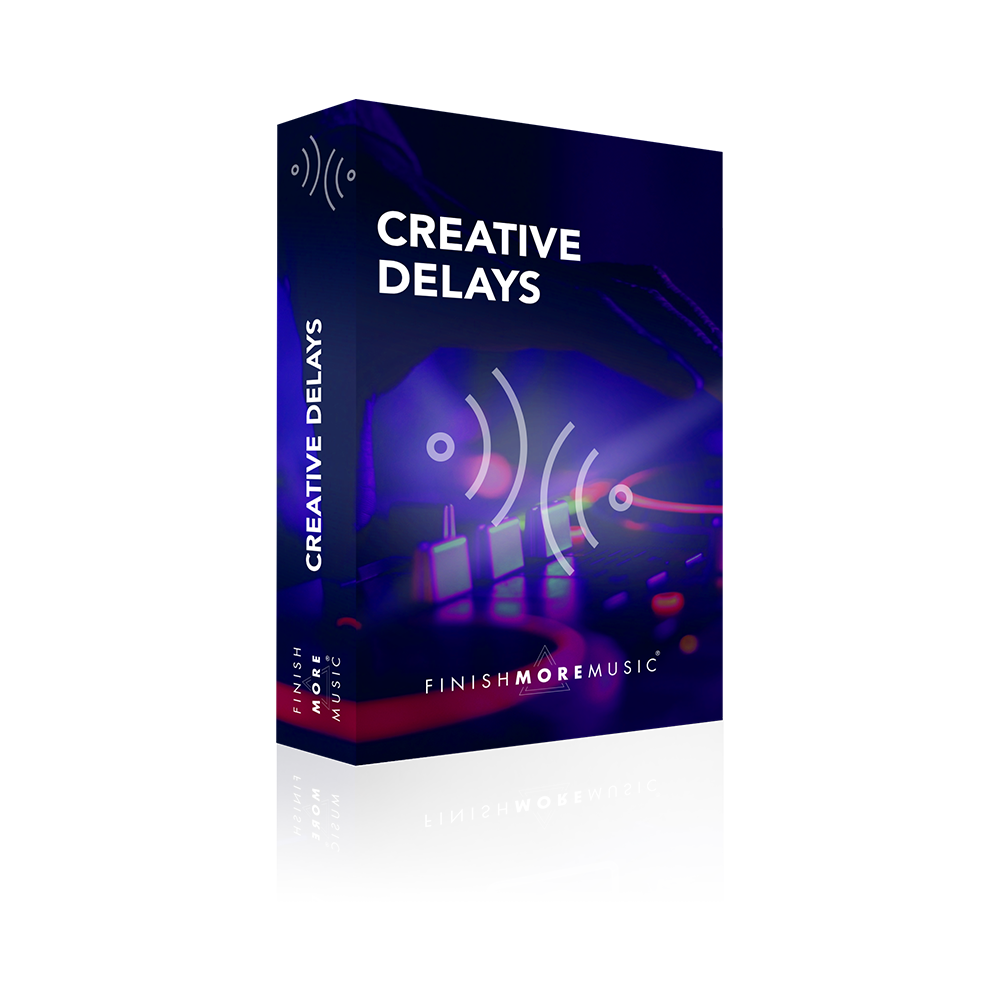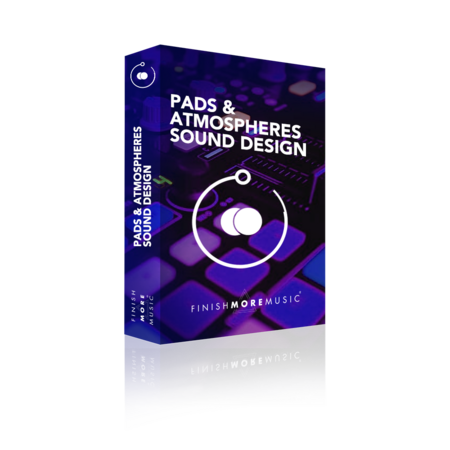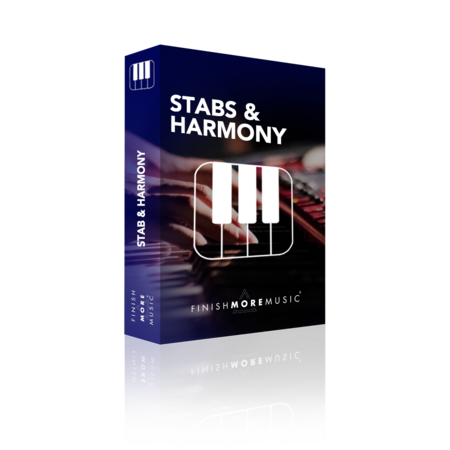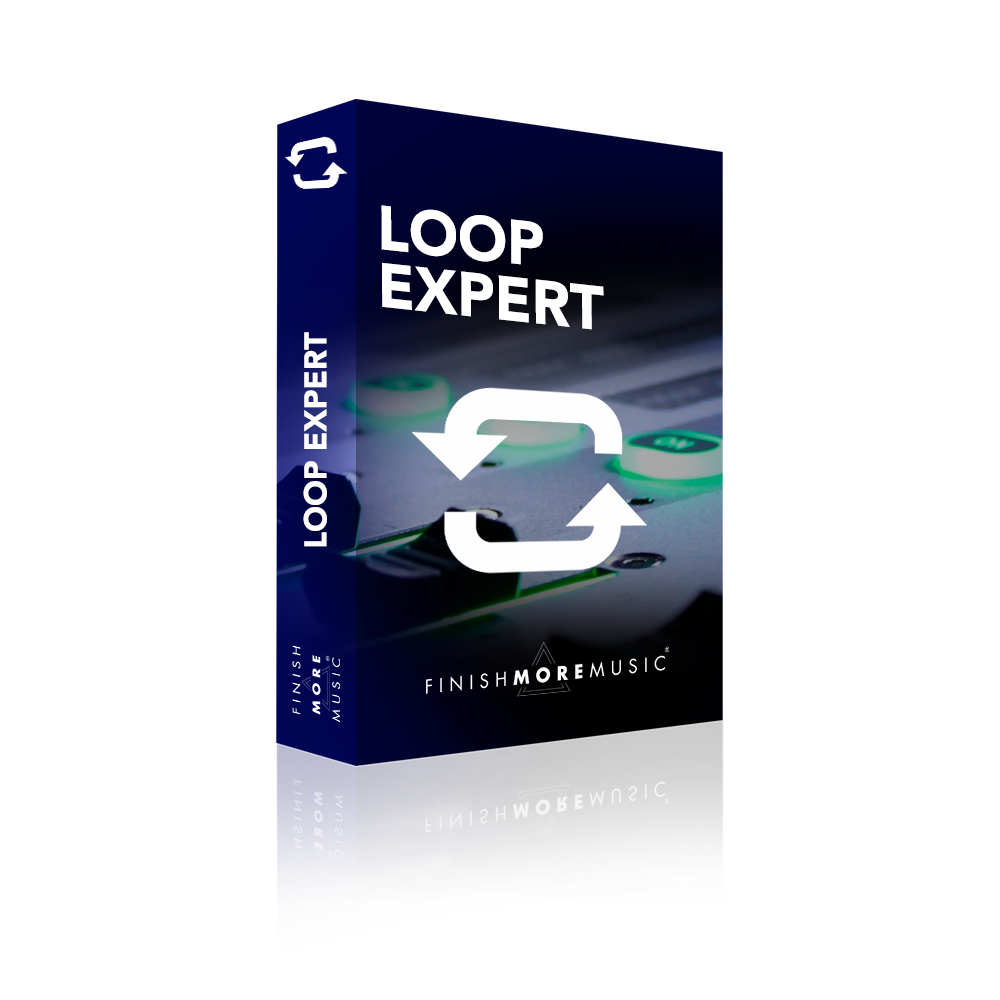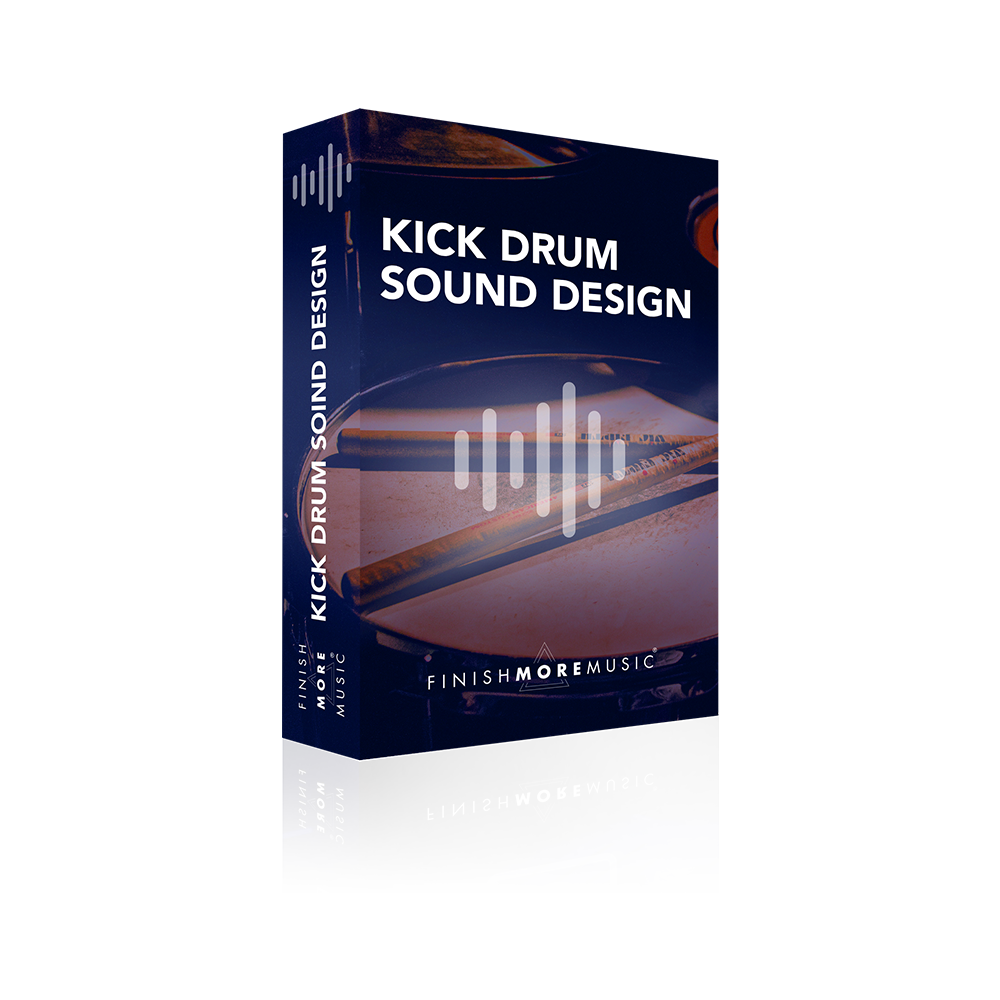Breakdowns are a super important part of most Electronic Music track arrangements. However, sometimes it can be challenging to create the right amount of tension, suspense and energy in order to enhance your main ‘drop’. In this week’s tutorial I show you a super quick and easy technique to apply to an existing element of your track to ensure your breakdowns do not feel flat and lifeless anymore.
Transcript
Okay so in this tutorial we’re gonna be looking at a technique for filling out your breakdown and adding some life to it if you have the feeling that it’s gone a little bit flat. Now this is a fairly classic scenario where we strip back a lot of sounds coming into the breakdown and it starts to feel a little bit empty, perhaps a bit predictable, maybe a little bit amateurish. And the technique I’m going to show you will totally solve that. And what I really like about it as well is that it adds some contrast to your track. So you have the really precise powerful beats when it you land at the drop but during the breakdown we’ve got this more kind of airy, spaced-out vibe so it’s a really nice contrast. So let’s have a listen. I want you to focus on this sound. So this is the ARP and let’s play the breakdown in full for you.
So you can hear this is already a pretty accomplished breakdown. We’ve got a really nice base layer underneath this, these melodic riffs that happening, we’ve delays on them vocals and some pad sounds. But that arp just starts to feel a little bit flat, a bit predictable as the breakdown is going on. So let’s look at the technique to fix that. What I’ve got here is just a duplicate so this is bounced audio of that arp just have a listen.
So nothing different whatsoever. Only thing really to pay attention to is just the fact that it increases in volume over time and that just gives us a sense that we’re on a journey, we’re moving towards something which of course in this case is going to be the drop. So here we go. The technique is to get yourself a bounced version of one of the sounds, in this case our ARP. And then you’re gonna apply processing to it to make it really sort of spaced out and more interesting. Now the two effects that immediately spring to mind are of course reverb and delay. So let’s kick off with the delay version of this. So I’m using echoboy. The reason being this thing is absolutely loaded up with amazing presets. It sounds awesome. But you can use your native plugins that come inside of Ableton or whichever DAW you’re using. Just flick through them, get a feel for what they can do. In this case I’m using cross transmit and this is literally as it comes. There’s not so much as a tweak of a single control here. So have a listen to how this sounds. I’ll take a little bit off the volume might be a bit too overbearing. Get that so load.
So we’ve now got this really spaced out sort of textural version of what we have before. And then there’s some additional processing a tiny bit of reverb is about 15 percent wet and then some auto pan to add some movement. And what this then does is it just blends in underneath in the background. So I’ll play you the full thing and I’ll just turn this off so you can hear the difference.
Hear how it immediately starts to feel flat when I do that and this particular sound is a classic if you’re into your progressive house melodic techno you’ll probably recognize this particular sound. It’s been used in some pretty big hits on the underground scene. So another option would be to actually wash this out with a reverb. So let’s get rid of echo boy. I’ll duplicate the Valhalla plugin. So as not to interfere with what’s been done previously. And then literally we’ll just crank this up 100% wet. Let’s go big on that decay time and have a listen now. And I’ll turn it up again so it’s easy to hear
And in the context of the track. And immediately we take it out it goes a bit flat. Now in this instance I think that could do with a little bit of EQ on the reverb just to tidy that up a touch take out some of the muddiness so it’s not interfering too much in the track but what you can see with this technique is it literally is as simple as duplicating something you’ve got and then applying some processing you will get a lot of mileage out of things like delays and reverb for this. And it’s fantastic because not only is it quick and easy the sound is pretty much guaranteed to fit your track straight out of the bat. So give that a go if you’re finding your breakdowns are feeling that little bit flat, a little bit predictable when you strip other elements out, try this technique. It works for me 99% of the time and I hope it does for you as well.
So as always hope you enjoyed the tutorial. Please do let me know how you get on with a cop with this technique in the comments. Until next time take care and happy music making.
Thank you for watching
I really appreciate you tuning in and I hope you’re enjoying the tutorials and taking some real value into your music sessions.
If this video resonated with you and you feel it will have a positive impact on the people you know, please share it by using the social media buttons you see at the bottom of this page.
To make sure you are always the first to know when a new video lands: Subscribe to the FMM Youtube channel here.
Let me know how you get on with the techniques I showed in the videos and if you have any suggestions for future tutorials, ping me a message on Instagram (@IamKeithMills)

